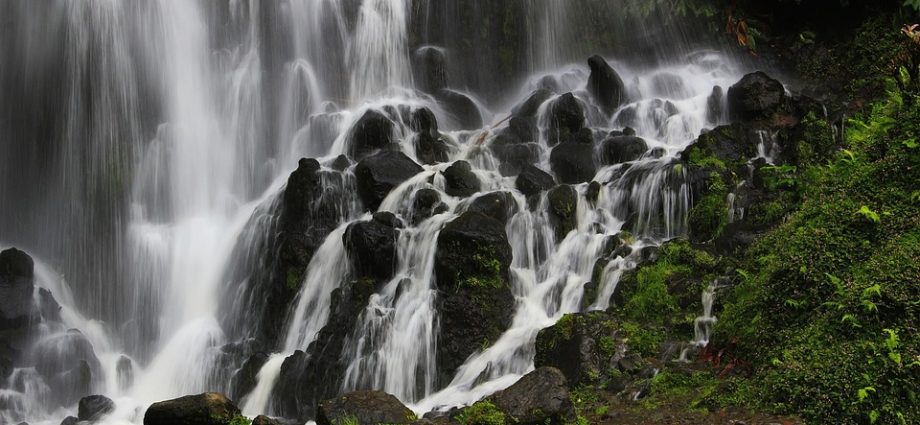Portugal: A Country of Rich History and Delicious Cuisine
Located in the southwestern part of Europe, bordered by Spain to the north and east, and the Atlantic Ocean to the west and south, Portugal is a country that is rich in both history and culture. Known for its amazing food, scenic locations, and iconic monuments, Portugal boasts of a unique identity that is hard to match. Let’s delve into this gorgeous country and its bells and whistles.
The country is home to a rich history
Portugal has been around for thousands of years, which means that it is chock-full of historical landmarks and monuments, that one must visit while in the country. In the past, the country was the center of the maritime exploration of the world, and presently, it is considered one of the most popular travel destinations. It has a rich legacy of art, music, and literature, which is evident in the cities and countryside areas.
The food is something for your taste buds to rejoice
Portuguese cuisine is considered one of the most delicious and diverse in Europe, with an emphasis on fish and seafood dishes, meats, cheeses, and wines. Influenced by the country’s rich history and multicultural society, their food is a blending of flavors from the Mediterranean and the Atlantic coasts. You’ll find some of the best seafood dishes in the world here, from sardines to grilled octopus, seafood stews, and smoked salmon, all served with freshly baked bread and olive oil.
Famous Attractions to Explore
Portugal is filled with landmarks and iconic tourist attractions to keep you occupied throughout your stay. Here are just ten of our top picks:
1. Belem Tower
Belem Tower is an iconic monument in Portugal, situated on the western banks of the Tagus River. The tower was built in the 16th century and was constructed as a defense tower during the Age of Discoveries. Belem Tower has been named a UNESCO World Heritage Site, primarily because of its historical significance.
2. Jeronimos Monastery
Jeronimos Monastery (Monastery of the Hieronymite) is another UNESCO World Heritage Site and is considered one of Portugal’s most significant monuments. The monastery is known for its unparalleled architecture and is situated in the Belem district.
3. Pena Palace, Sintra
Pena Palace in Sintra is an abundance of colors and ornamentation. It is a UNESCO World Heritage Site and was built in the 19th century, commissioned by the Portuguese King, Ferdinand II.
4. Alfama
Located near the city center of Lisbon, Alfama is the oldest district in Lisbon, dating back to the 8th century.
5. Ribeira
Ribeira (Oporto, Porto) is the historic center and nightlife district of Portugal. This spot, which runs parallel to the Douro River, has been declared a UNESCO World Heritage Site, with charming little alleyways, upscale restaurants, and bars providing awe-inspiring scenic views.
6. Palacio Nacional De Sintra
It is a significant landmark and a UNESCO World Heritage Site located in Sintra, built-in Gothic style in the 19th century. It sits on the countryside with a backdrop of a mesmerizing mountainous range.
7. Calouste Gulbenkian Museum
It is one of the finest art collections in Portugal and is located in Lisbon. The museum is privatized, and its art treasures are one of the most prestigious in Europe, with items ranging from Persian art, Egyptian art, and art nouveau jewelry.
8. Convento De Christo
Situated in the historic city of Tomar, Convento De Christo is a Portuguese gem, displaying excellence in Gothic and Renaissance architecture.
9. Coimbra University And Library
Coimbra was once the capital of Portugal and is the country’s oldest university. The library, located within the university, is home to some one-of-a-kind books, including the oldest book in Portugal, dating back to the 12th century.
10. The Douro Valley
The Douro Valley, an expanse of enchanted hillsides, is famous for its vineyards and wine tasting, hiking, and riverboat cruises.
FAQs
Q1. What currency should I bring on my trip to Portugal?
A: Portugal uses the Euro as its currency. It’s widely accepted, so you don’t have to worry about finding a place to exchange money.
Q2: What is the best time to visit Portugal?
A: The best time to visit Portugal is from March to May or from September to October, when the temperatures are mild, and the crowds are not as large.
Q3: Is it safe to travel alone in Portugal?
A: Portugal is considered a safe country to visit for both solo and group travel. However, as with any location, it’s best to take precautions and be aware of your surroundings.
Q4: What are some of the souvenirs that I could take back home?
A: Portuguese ceramics, cork-made products, Port Wine, embroidered towels, and knick-knacks are all worthy souvenir options.
In conclusion, Portugal is a country that offers an amalgamation of history, art, natural landscapes, and of course, food. Its uniqueness combined with its friendly people make it one of the top travel destinations in Europe. It’s a must-visit!
